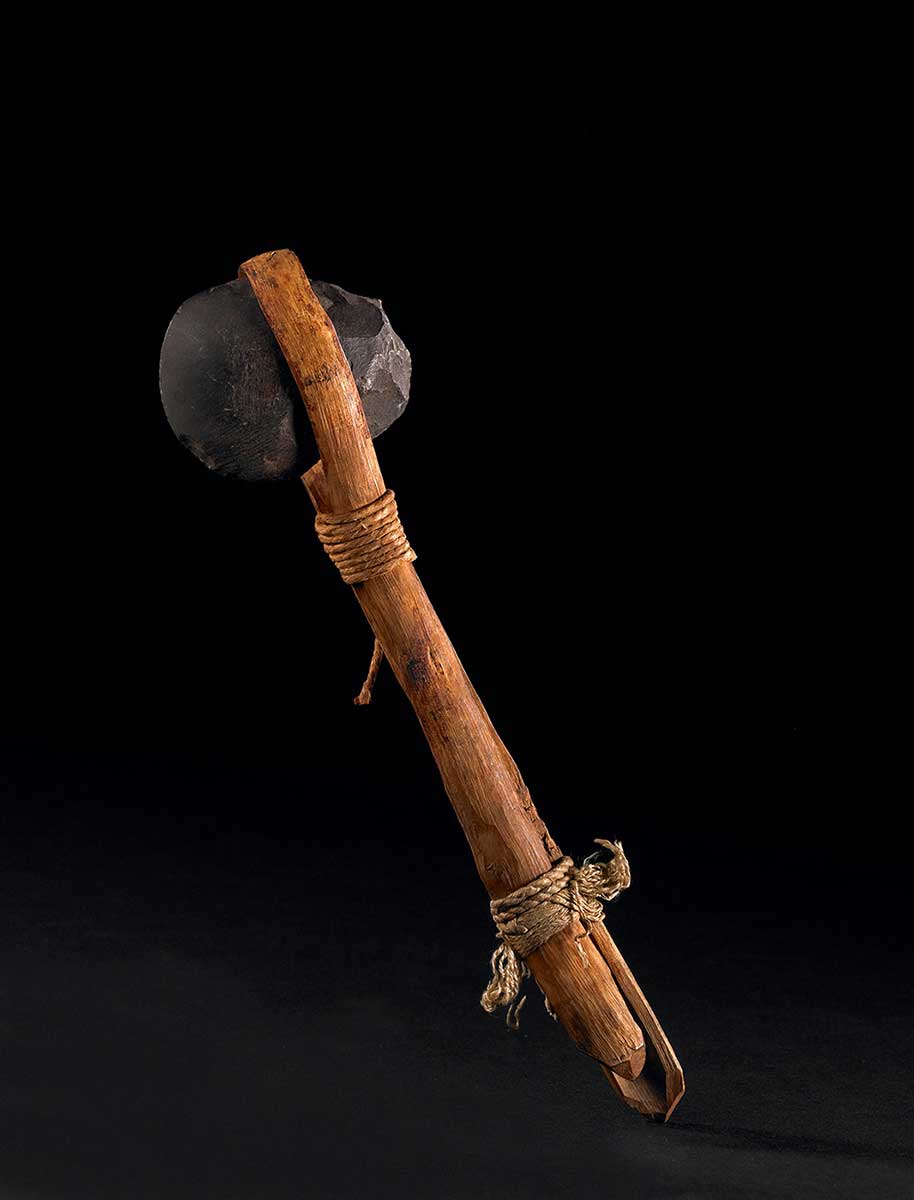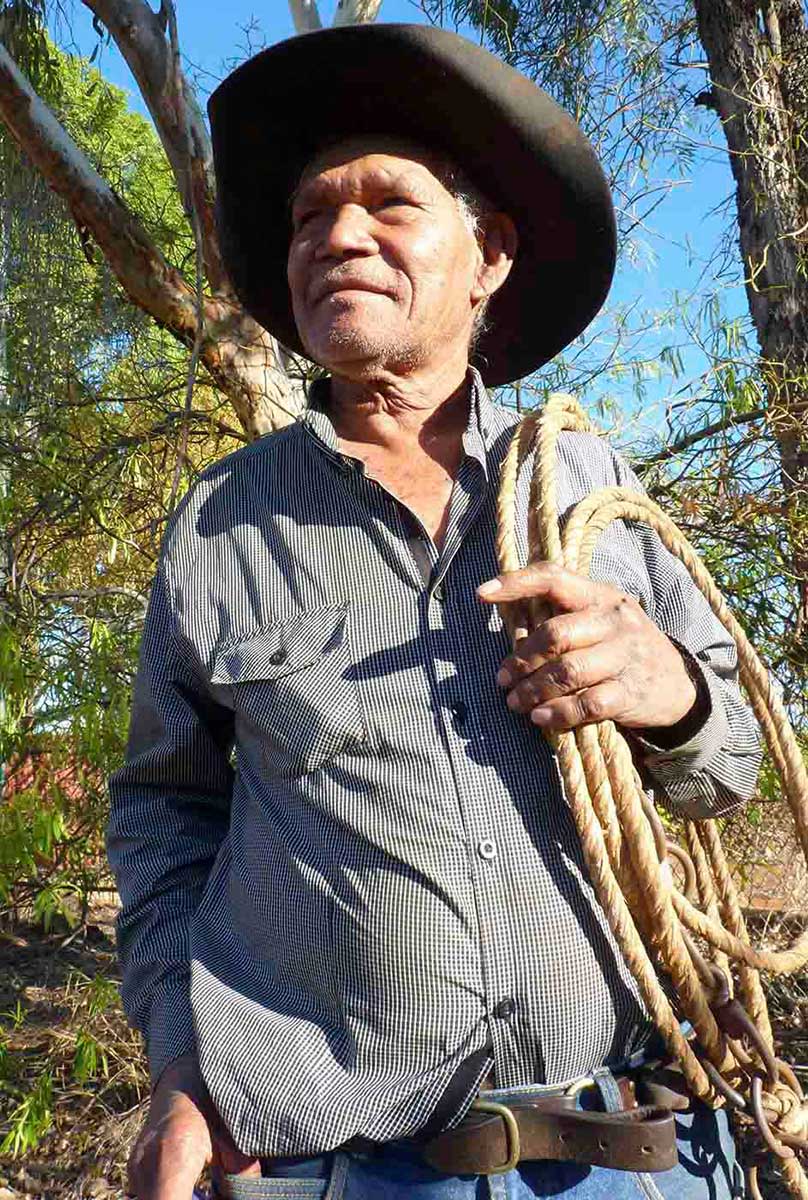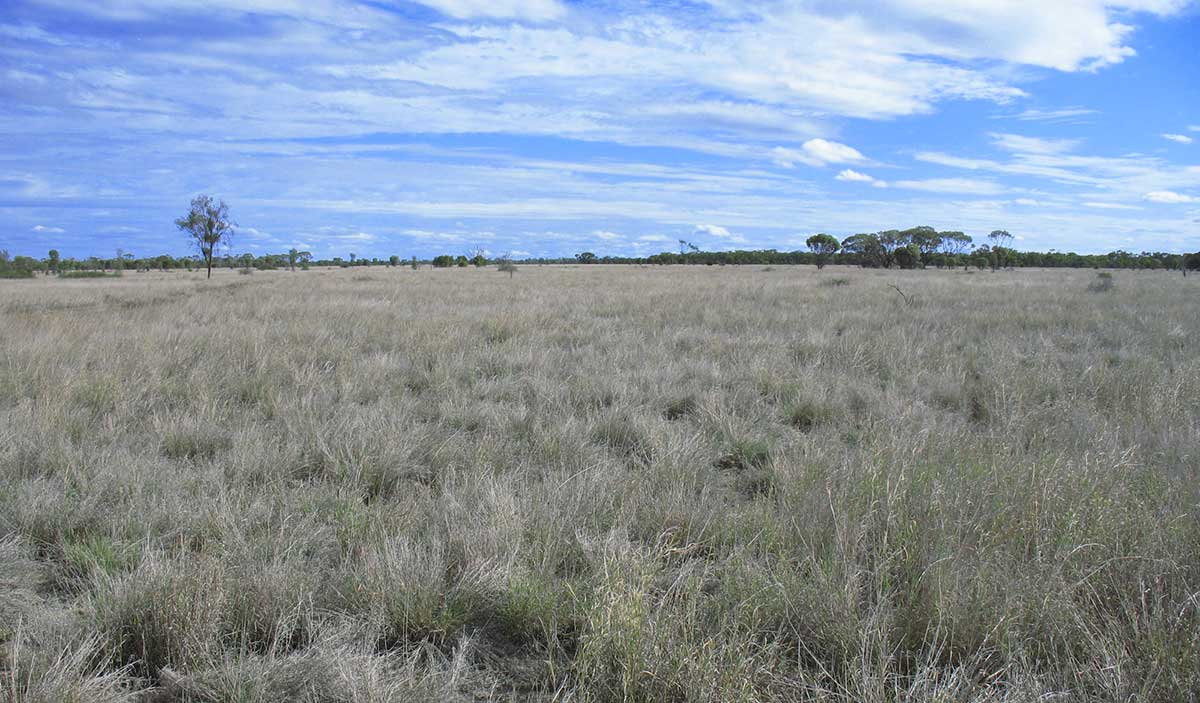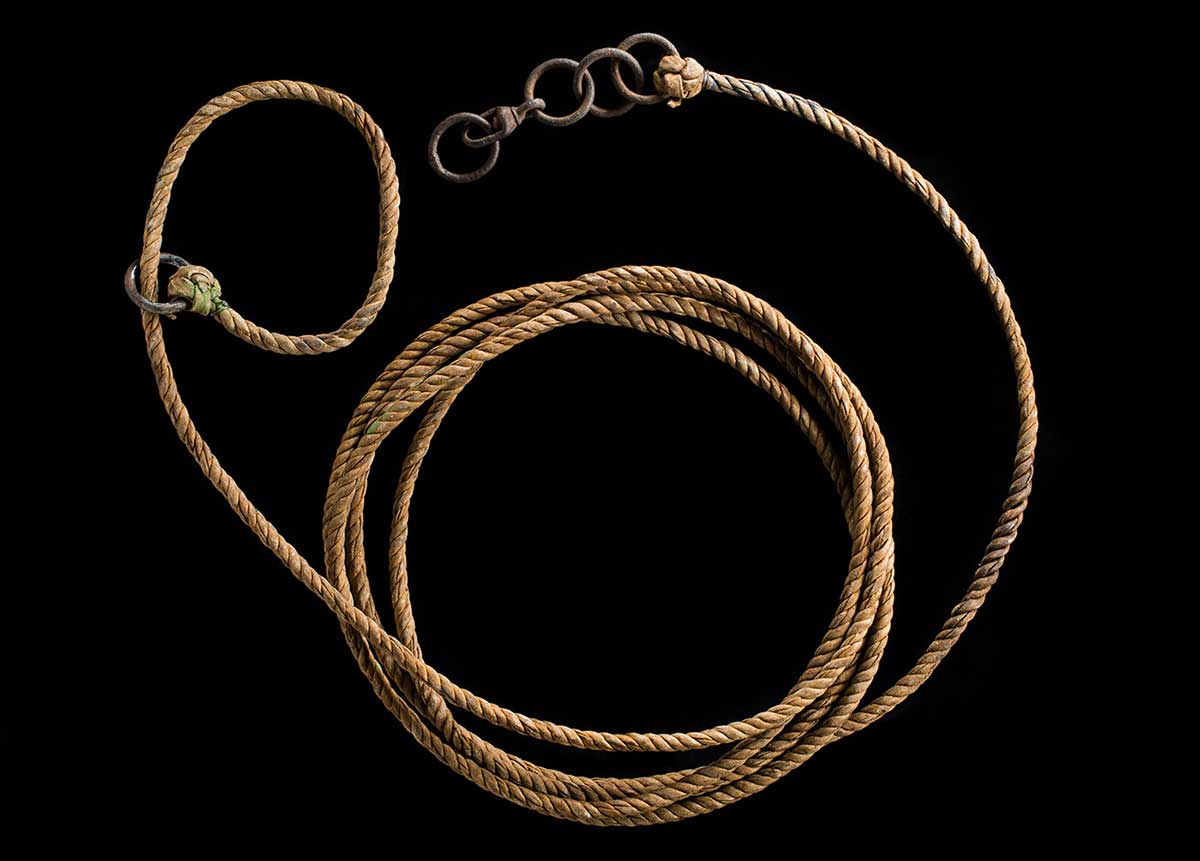Country belonging to you
Kevin Lammermoor, Yirandali, 2015:
No-one wants to talk about it ... why our people were shifted off our country to a mission on someone else’s. The anthropologists only want to talk about what a good relationship Christison had with ‘his blacks’. It’s like there is a gap in the telling, a room in the house that no-one refers to, or wants to even open the door to.
The grass-covered plains that dominate the country of the Yirandali-speaking Dalleburra people made it highly desirable to colonists. Robert Christison established Lammermoor station there in 1863.
By gaining the trust of Dalleburra elder Ko-Bro (‘Barney’), Christison formed good relations with the Dalleburra, in contrast to the violence dealt by settlers on neighbouring stations. His daughter, Mary, recalls him declaring to Ko-Bro:
Mary Montgomerie Bennett, Christison of Lammermoor, 1927:
You and me sit down two fellow messmate. Country belonging to you: sheep belonging to me.
When they sold Lammermoor in 1910, the Christisons sought to secure Dalleburra people’s access to the land. Robert Christison asserted that he would ‘not discuss anything until their right to remain on the station as their home is settled’.
Despite these intentions, Dalleburra people were moved off their country, some ending up on reserves on Palm Island, and at Barambah.
Old objects

Robert Christison gave collections to the British Museum in 1901 and 1904. Among them were objects, including this axe (above right), given to his family by Dalleburra people living on Lammermoor station.
After his death, Christison’s daughter Mary Montgomerie Bennett, writer and activist for Aboriginal rights, gave other objects and photographs to the British Museum.

Fred Hill, Yirandali, 2015:
As I was reared up, like, we just thought there was two classes of people – the white people was there to lead us ... it was just drummed into our heads that they were there. We were two classes of people: the whites, then the Aborigines ... I just still think it would be the same ... but it could change – I hope it does, for the other people behind me here.
You may also like

